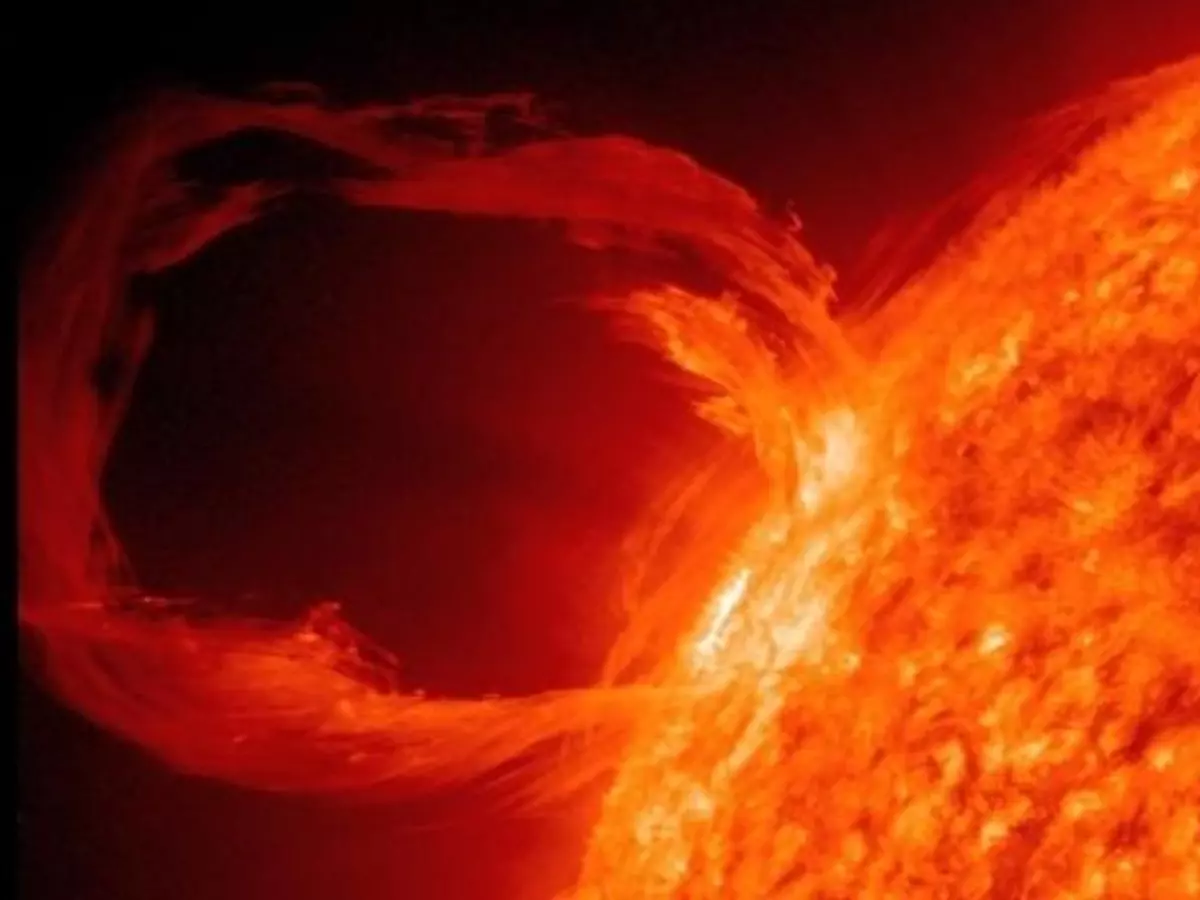Solar Cycle Intensity Likely To Peak In 2024: What This Means & How It Will Impact Earth
The current ongoing solar cycle is likely to peak its intensity in 2024 and can potentially impact Earth's space weather, according to researchers at the Indian Institute of Science Education and Research (IISER), Kolkata. What is a solar cycle, and what will happen when it peaks?

The current ongoing solar cycle is likely to peak its intensity in 2024 and can potentially impact Earth's space weather, according to researchers at the Indian Institute of Science Education and Research (IISER), Kolkata.
What is a solar cycle, and what will happen when it peaks?
What is a solar cycle?
NASA defines the solar cycle as the cycle that the Sun's magnetic field goes through approximately every 11 years.
Our Sun is filled with electrically charged hot gas, the movement of which generates a powerful magnetic field.
This magnetic field of the Sun goes through a cycle known as the solar cycle.
 Andrew McCarthy Cosmic_background
Andrew McCarthy Cosmic_background
This is what happens every 11 years: Every 11 years or so, the Sun's magnetic field completely flips. This means that the Sun's north and south poles switch places. Then, it takes about another 11 years for the Sun's north and south poles to flip back again.
How is activity on the Sun impacted due to solar cycle?
The solar cycle affects activity on the surface of the Sun. As the magnetic fields change, so does the amount of activity on the Sun's surface.
In fact, the way scientists track the solar cycle is by counting the number of sunspots. The beginning of a solar cycle is known as a solar minimum, or when the Sun has the least sunspots. Over time, solar activity¡ªand the number of sunspots¡ªincreases.
It is in the middle of the solar cycle when the Sun has the most sunspots, known as the solar maximum.
 NASA
NASA
Giant eruptions on the Sun, such as solar flares and coronal mass ejections, also increase during the solar cycle.
How expected solar cycle intensity in 2024 could impact Earth
When solar activity peaks, it is likely to manifest as violent disturbances in space weather, such as solar magnetic storms or coronal mass ejections, impacting Earth's satellites and telecommunications.
These are the possible impacts of an intense solar cycle:
1. Limit the lifetime of satellites
The Earth's upper atmosphere expands outwards during intense solar storms, introducing friction on the low-Earth satellites. The friction can lead to a decay in the satellites' orbits and reduce their lifetime.
2. Damage to electronics and telecommunication
These solar cycle storms can cause serious damage to orbiting satellites, electric power grids and telecommunications when directed at Earth.
Why is solar cycle intensity expected to reach its peak in 2024?
 NASA/ ESA
NASA/ ESA
Using decades-old data archives from ground-based solar observatories worldwide, the researchers found that the ongoing solar cycle 25 is related to the Sun's magnetism activity, which they said manifests as sunspots cycle and recycling of the large-scale solar dipole magnetic field.
Specifically, the rate of decrease in the Sun's dipole magnetic field is related to the rate of rise of the ongoing solar cycle, the researchers said in their study.
Swiss astronomer Max Waldmeier had discovered in 1935 that quicker the rise of a solar cycle, the greater its strength. This meant that stronger cycles would take less time to reach their peaks.
Their findings open up a new window for forecasting the timing of the peak of solar cycles - when the most intense activity and most frequent space weather disturbances are expected.
For more on news and current affairs from around the world, please visit Indiatimes News.
